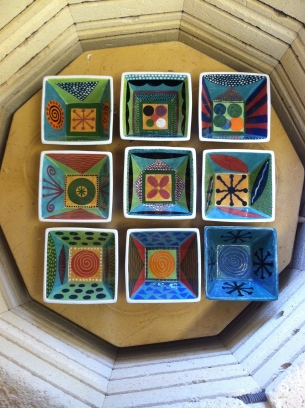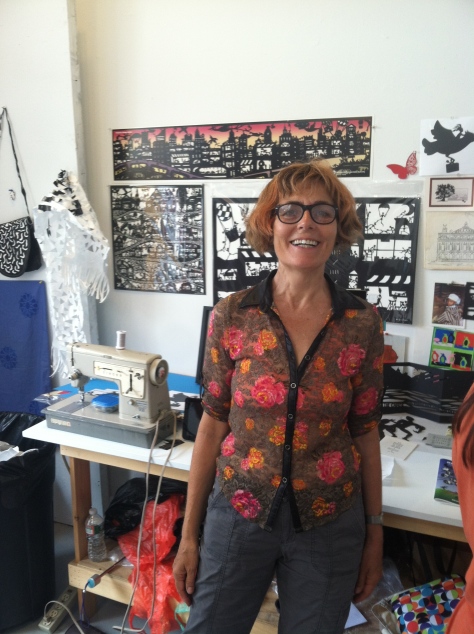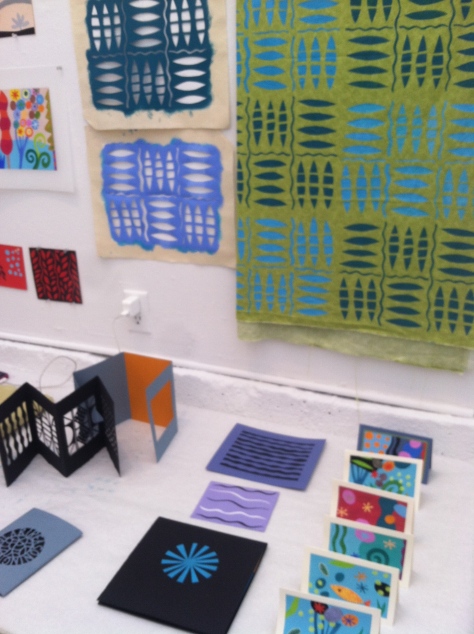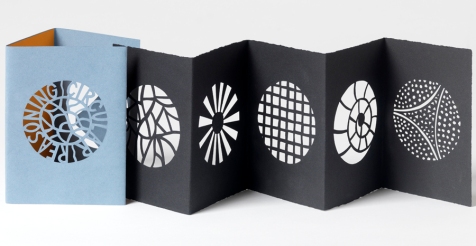
Lo these many years that I have been working with clay, teaching it, learning about it, making all kinds of stuff, I still can’t get over how many emotions come up when I am firing a kiln. It’s not unlike the five stages of grief: denial, anger, bargaining, depression and acceptance.
First I imagine that this kiln load will be different from every other one: nothing will crack or craze, all the glaze will be smooth, colors will be harmonious. Then I crack the lid and try to peek in when it’s really too hot to open which singes my eyebrows and makes me kind of irritated. I should know better but it’s so hard to wait to open the kiln. Then I start thinking about the commissioned platter on the second shelf. Is it good to imagine it broken and already have accepted that disappointment before I lift off the top shelf? Or is it bad karma to imagine it perfect and gorgeous before I get a chance to check it out? In each firing there are several disappointments, often involving the one piece in the kiln which I do not want to re-do.
This leads to questioning as to why I continue to endlessly fool around with this medium that drives me nuts. It’s unpredictable and labor-intensive and involves a lot of heavy lifting and ceramic pieces don’t command the respect they deserve in the art world. Yet I still love the look and feel of colorful ceramic pieces. Over the years I have rolled out slabs to make big tile murals, I have created large-scale platters with a terrific teacher Jeanee Redmond and I have worked with coils, pinch pots, and raku firing. It is one medium I keep coming back to because it is so versatile and fascinating.
So I face the pile of the stuff from this firing that has small flaws and I’m doing triage: which ones can be repaired and re-fired? Maybe I can add a little underglaze to the spot where it came out a little thin if I can just remember which of the fourteen blue shades I am currently using will match this piece. Of course the colors and textures will change in the kiln, and sometimes the accidents will be happy ones. Then I start loading the kiln again while the shelves are still a bit too hot to handle. It’s like gambling-I can’t help it, I keep thinking there is such a thing as a perfect firing. So I set the timer and try not to feel like a complete idiot as my hopes return again.






